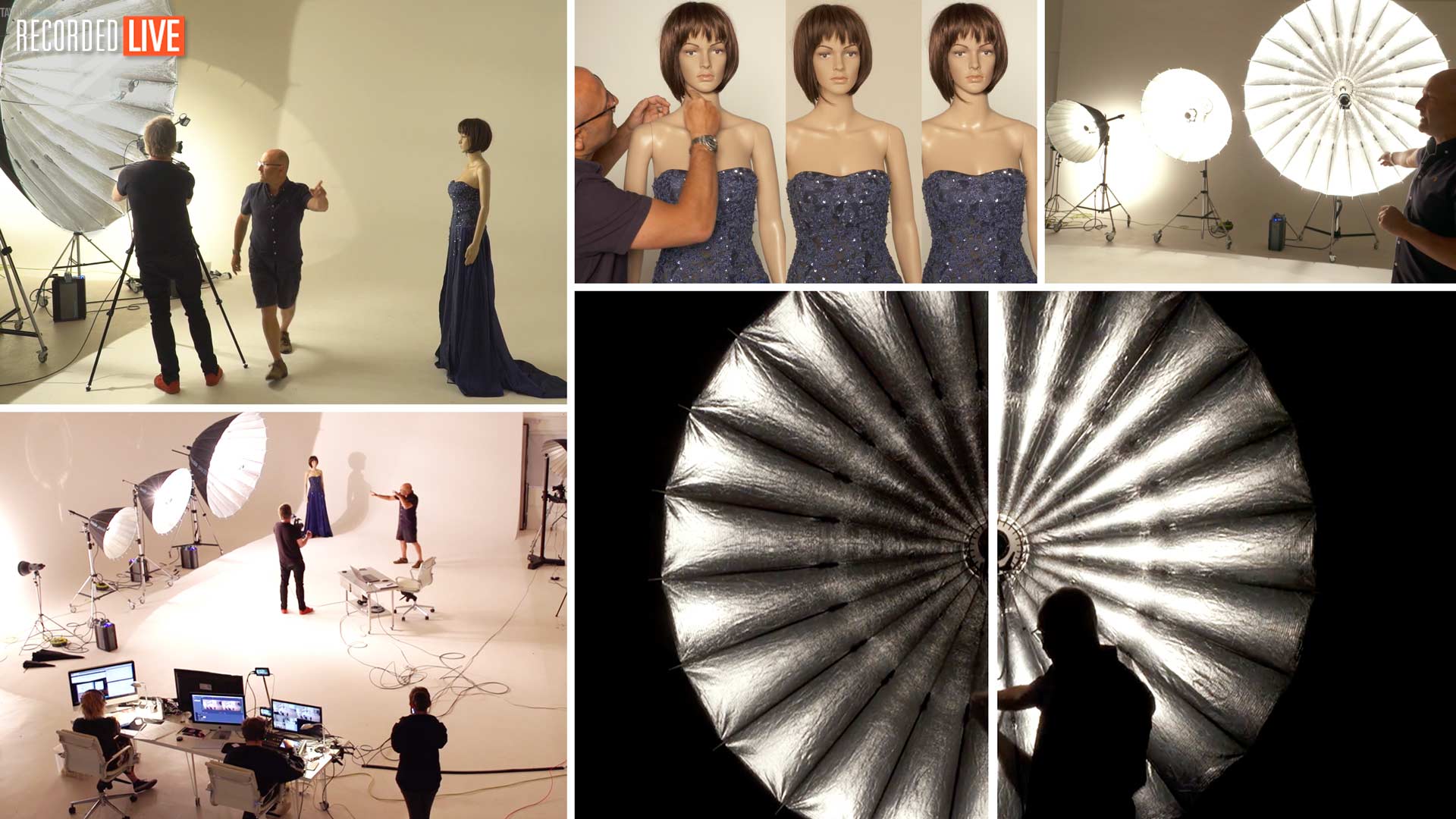Understanding Parabolic Lighting
Everything you’ll ever need to know about the mighty para.
In this information-packed photography workshop (recorded LIVE), Karl sheds some light on the mystery surrounding parabolic reflectors.
These versatile modifiers are a go-to for fashion and beauty work as they produce beautiful sparkly light that is very flattering when it comes to skin tone and able to reveal great detail in different textures.
Here Karl explains exactly what makes these modifiers so special and why the Para 133 is his modifier of choice. Touching on the physics of lighting and the science behind the parabolic shape, Karl demonstrates the effect of these modifiers, their versatility, as well as a few other, more affordable alternative modifiers.
In this class:
- The science behind what makes a true parabolic reflector
- When, where and why to use parabolic reflectors (and when not to)
- The different parabolic reflectors and the results
- Modifying parabolic reflectors
- Parabolic reflectors live demonstration — beauty and product shoots
- Lighting modifier comparisons
- Affordable alternative lighting modifiers
- Advantages and disadvantages of different lighting modifiers
To read more about parabolic modifiers, the science behind them and their uses, read our blog post here.
Questions? Please post them in the comments section below.


Comments
Quick update from a friend, a lecturer in Mathematics at Queen’s College
I think this may be helpful.
True parabolic has equation y^2=4ax and a ration of width/depth ratio of 1.6. This standard practice in engineering, construction and optometry.
Broncolor Para 166 is 120cm x 77cm = ratio of 1.56
PixaPro P128 is 120cm x 72cm = ratio of 1.66
Parabolix 45 is 114cm x 69cm = ratio 1.65
This is why these 3 produce the best quality of light because they are “true parabolic” at any position of the light on the focus rail
Any ratio less than 1.6 e.g. Para88 is 85cm x 64cm =1.33, this is “deep parabolic”
Any ratio over 1.6 e.g. Para222 is 220cm x 115cm = 1.91, this is “shallow parabolic”
Deep parabolic will perform at its optimal when the light in positioned in a limited range along on the focus rail
Shallow parabolic will never perform at its optimal because it does not have sufficient depth to pull out the light on the focus rail
The inside wall texture will “disrupt” the light so has a significant effect on the “quality” of light
The number of “facets” on the shape will also influence the “quality” of light
The distance of the para reflector from the subject also impacts the “quality” of light. The greater the distance the more the degradation in the “quality” of light
For all these reasons it is why the Para133 is the mother of all para reflectors
What is the optimal working distance with Para88, Para133 and Para222? Is it true that the quality of light from the Paras degrades i.e. loses it advantage over Beauty Dish and Magnum Reflector (true parabolic), as distance gets over 3m and longer?
Hi for the 222 the optimal distance can be around 3m away.